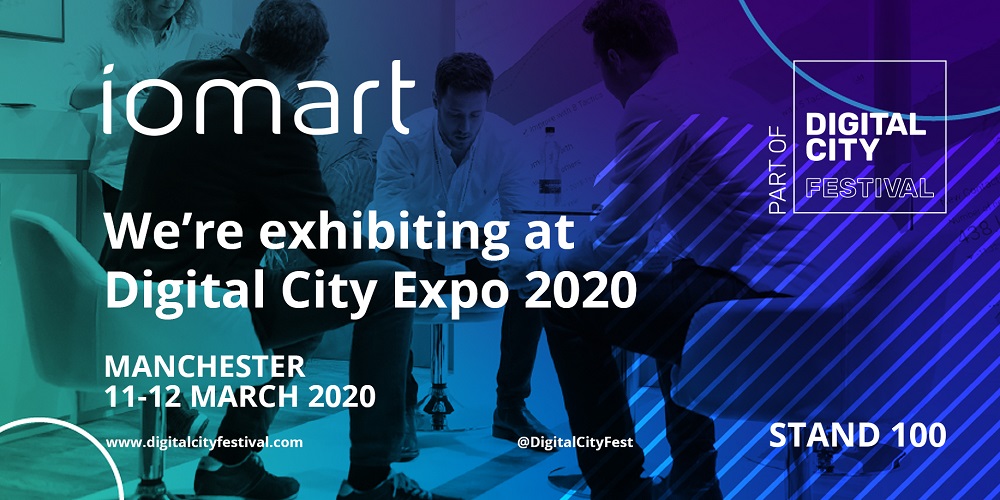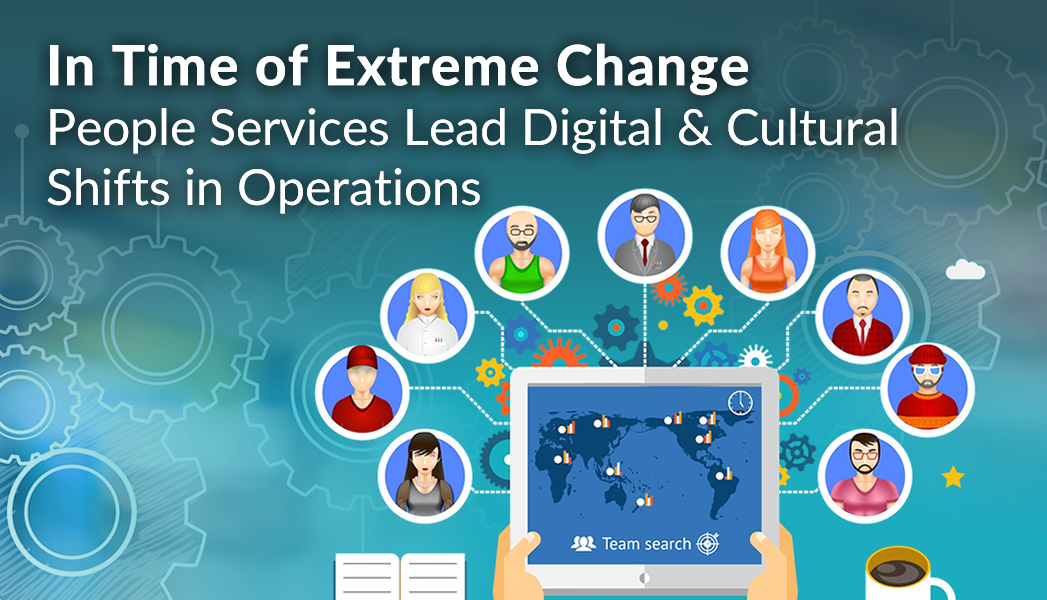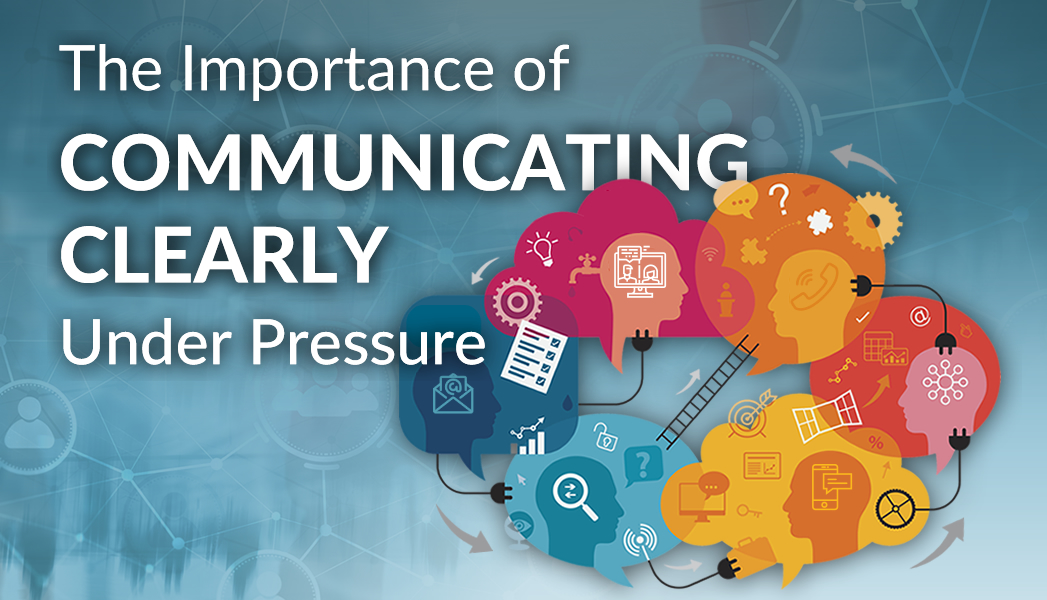
LinkedIn has become the go-to platform for job seekers and employers alike.
? Each week over 61 million people are actively looking through LinkedIn for their next position.
Beneath the surface of those enticing job adverts and career opportunities lies a curious gap – a gap in the frequency of Human Resources (HR) terminology used within senior leadership job postings.
We analysed approximately 100 senior leader roles and 50 senior people roles, and found insights that have broader implications for organisational dynamics and workforce engagement.
The HR Terms We Explored:
We targeted three essential HR terms that encapsulate critical aspects of organisational culture and employee well-being:
Culture
Employee engagement
Employee experience
To create a thriving, high-performing organisation, we know that we need a healthy culture, high engagement and a great employee experience.
Responsibility and accountability for creating and maintaining this needs to be at all levels of the organisation. Including senior leaders. So we set out to uncover the extent to which theses responsibilities were integrated into the DNA of job adverts across different senior leadership positions.
Key Findings:
The Culture and Engagement Disconnect
Only 21.5% of the senior leadership / board roles we looked at mentioned being responsible for culture, engagement or employee experience in their teams or organisation.
This gap reveals a disconnect between the aspirational culture-building goals, often owned and led by the HR and People team, and the actual articulation of these responsibilities within high-level positions.
Functional Disparities
The extent of inclusion of these HR terms also varied significantly across different senior roles.
For instance, while a substantial 90% of Senior People Leader roles prominently featured culture, engagement, and experience responsibilities, other positions exhibited markedly lower percentages:
Sales Director roles: 0%
Operations Directors: 7%
Managing Directors: 16%
Finance Directors: 20%
Marketing Directors: 29%
Operations Directors: 33%
CEO roles: 44%
So if you are struggling with culture and engagement in your sales and operations teams, it may be because the leaders don’t see themselves as responsible or accountable for it. The organisation is asking them to be responsible and accountable for it.
Repercussions for Organisational Success
The absence or sparse mention of culture and engagement responsibilities in job descriptions could signal a profound challenge.
Our findings suggest that accountability for employee engagement and culture is not being consistently woven into the fabric of roles throughout the organisation, from the top-down, and it’s a UK wide challenge.
This lack of emphasis may undermine the formation of a healthy organisational culture, impeding long-term success. Leaving HR and People teams to pick up the slack.
Shifting Priorities and Measures
Our research also revealed that the focus for leaders may be more centred on outcomes, such as team performance, rather than the inputs, such as fostering highly engaged teams, which is the underlying aspect of any high-performing team.
The lack of HR terminology in job descriptions might inadvertently shift the emphasis away from cultivating a thriving work environment.
Impact on Employer Value Proposition (EVP)
The Employer Value Proposition, a crucial aspect of talent attraction and retention, may also be negatively influenced by the way job adverts are crafted.
The relegation of culture and engagement-related responsibilities could send a subtle message about the organisation's true priorities for new and external talent.
What Have We Learnt?
Our analysis of LinkedIn job descriptions highlights a striking gap in the incorporation of HR terminology related to culture, engagement, and employee experience.
This gap points to a larger issue – the need for organisations to consciously integrate these critical aspects of workplace well-being into their leadership roles, from top to bottom.
The implications of this gap are far-reaching, from influencing organisational culture and employee satisfaction to affecting retention, long-term success and even the attractiveness of the organisation to potential candidates.
It’s imperative for leaders and HR professionals to address this gap and collectively work towards building a more holistic and engaging work environment for all
One Last Thought…
So, the next time you scroll through a LinkedIn job description, keep an eye out for those subtle yet significant mentions of culture, engagement and employee experience – they just might hold the key to a company's future success.
At Ten Space we create bespoke surveys which allow teams to share their honest feedback anonymously.
Our employee feedback surveys allow teams to be grouped, so you can see what is working for each team and where you might need to take a new approach to ensure you’re getting the maximum engagement and performance boost for your efforts.
This gives leaders the chance to listen to their team, understand the problems in the organisation and work on changing things for the better.
Our dashboard gives you instant insights. We provide tools and support to help you with reporting. These enable you to take the feedback to your leaders quickly and effectively.
Start your journey to high engagement with us by getting in touch. Or check out how we’ve helped others create incredible workplaces in our case studies.









